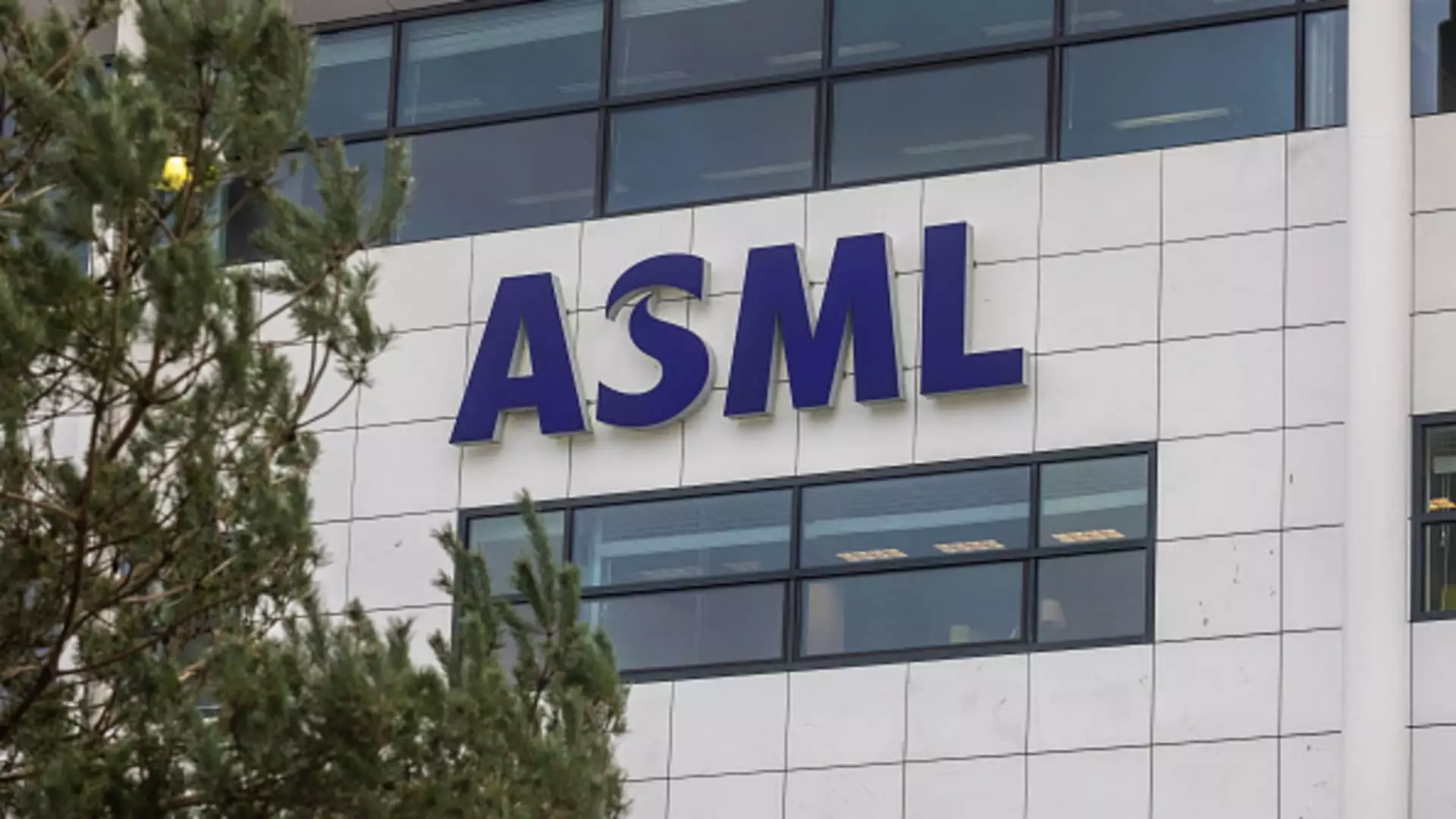ASML, one of the largest semiconductor firms in the world, recently reported a decline in its net sales and net income, which came as a disappointment to many investors. The company’s net sales fell by 21.6% year-on-year, while net income dropped by 37.4%. This decline can be attributed to weak demand for consumer electronics like smartphones and laptops, impacting chipmakers that produce semiconductors for those devices. As a result, there has been a slightly weaker demand for ASML’s machinery, which includes extreme ultraviolet lithography machines.
One of the factors contributing to ASML’s lower-than-expected financial results is the uncertain economic environment. Customers are not ordering in the same quantities as before due to the prevailing uncertainty. Additionally, there is a transition in product expected in 2025, causing some customers to hold off on spending. The company also highlighted that China sales are good but difficult to gauge for the future.
ASML remains optimistic about its future despite the recent challenges. The company expects its net sales for 2024 to be similar to 2023, with the second half of the year anticipated to be stronger than the first half. ASML’s CEO, Peter Wennink, stated that 2024 is seen as a transition year with continued investments in capacity ramp and technology to prepare for the turnaround in the cycle.
Despite the overall positive outlook, ASML is facing export restrictions to China, which could potentially impact its sales in the region. The Dutch government introduced curbs in June on the export of advanced semiconductor equipment, including ASML’s machinery. However, the company disclosed that sales to China accounted for 49% of the total in the first quarter, up from 39% in the previous quarter. ASML previously estimated that export restrictions would affect 10% to 15% of its sales to China this year.
ASML’s recent financial performance reflects the challenges faced by the semiconductor industry as a whole. The company’s ability to navigate through these obstacles and adapt to changing market conditions will be crucial for its future success. Investors will be closely monitoring ASML’s performance in the coming quarters to assess its ability to rebound and capitalize on emerging opportunities in the semiconductor market.

